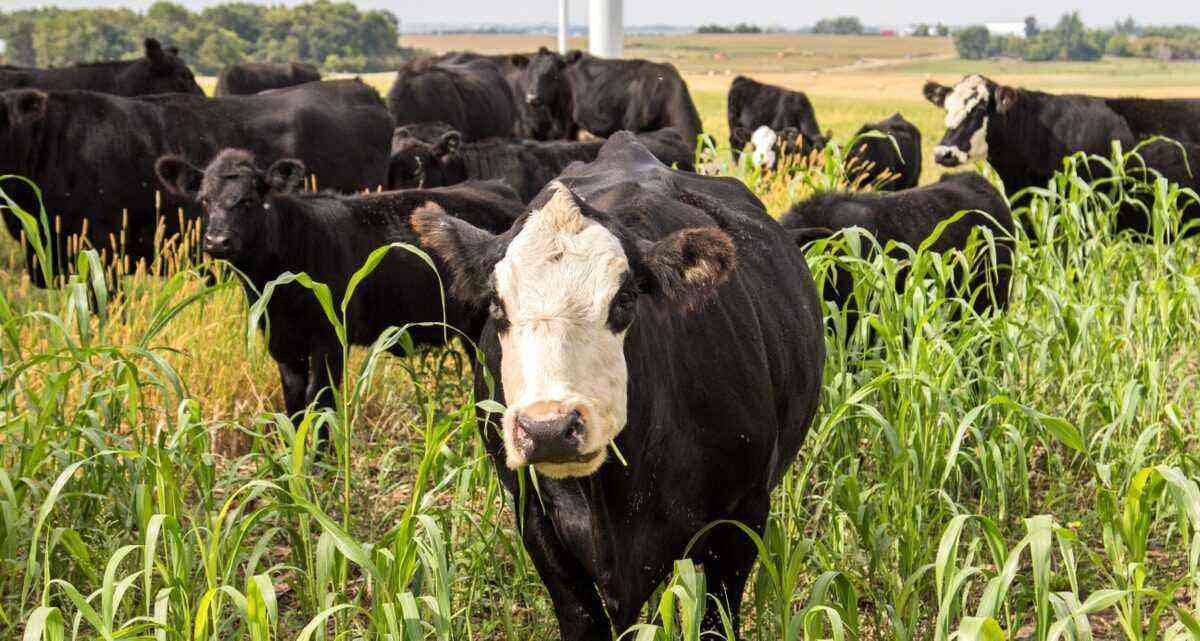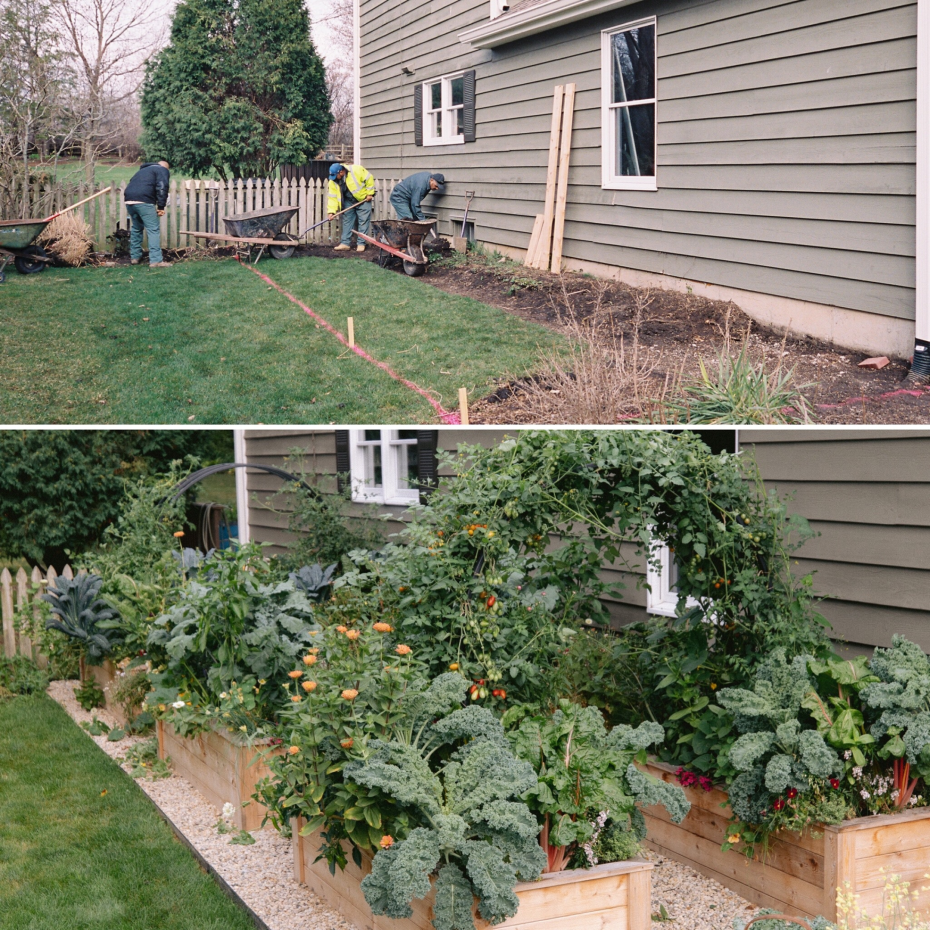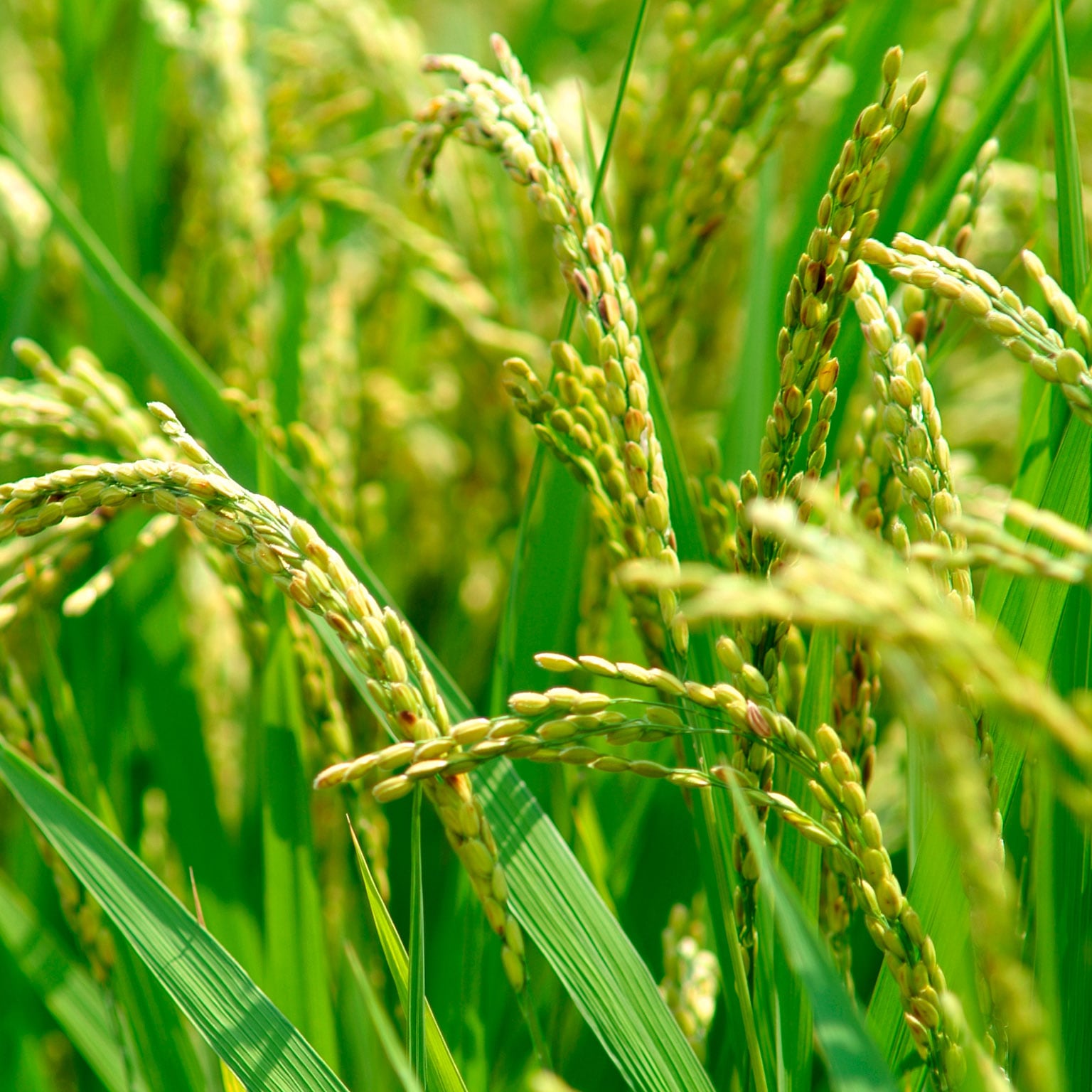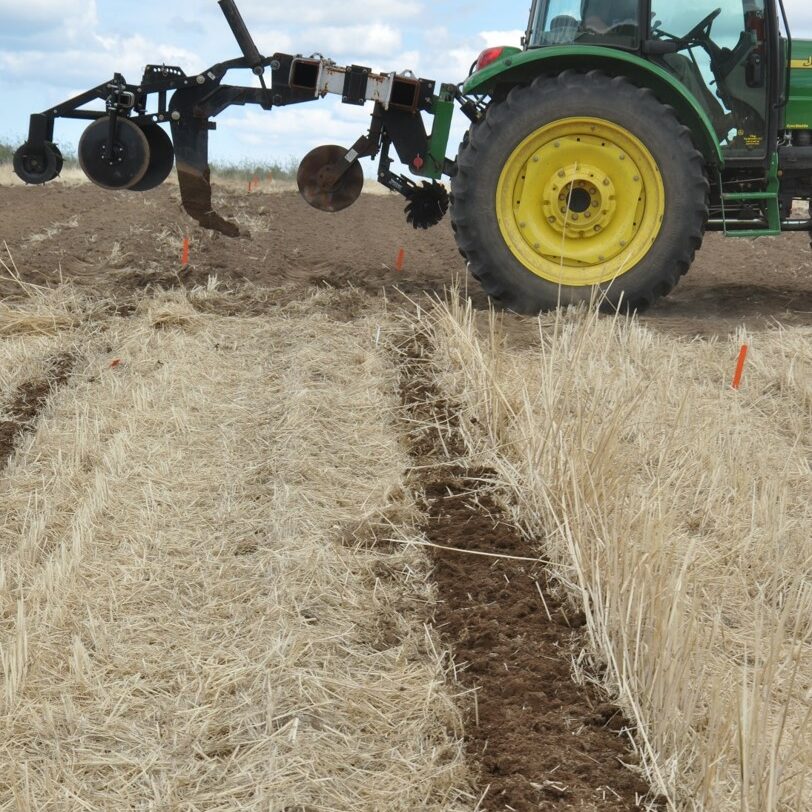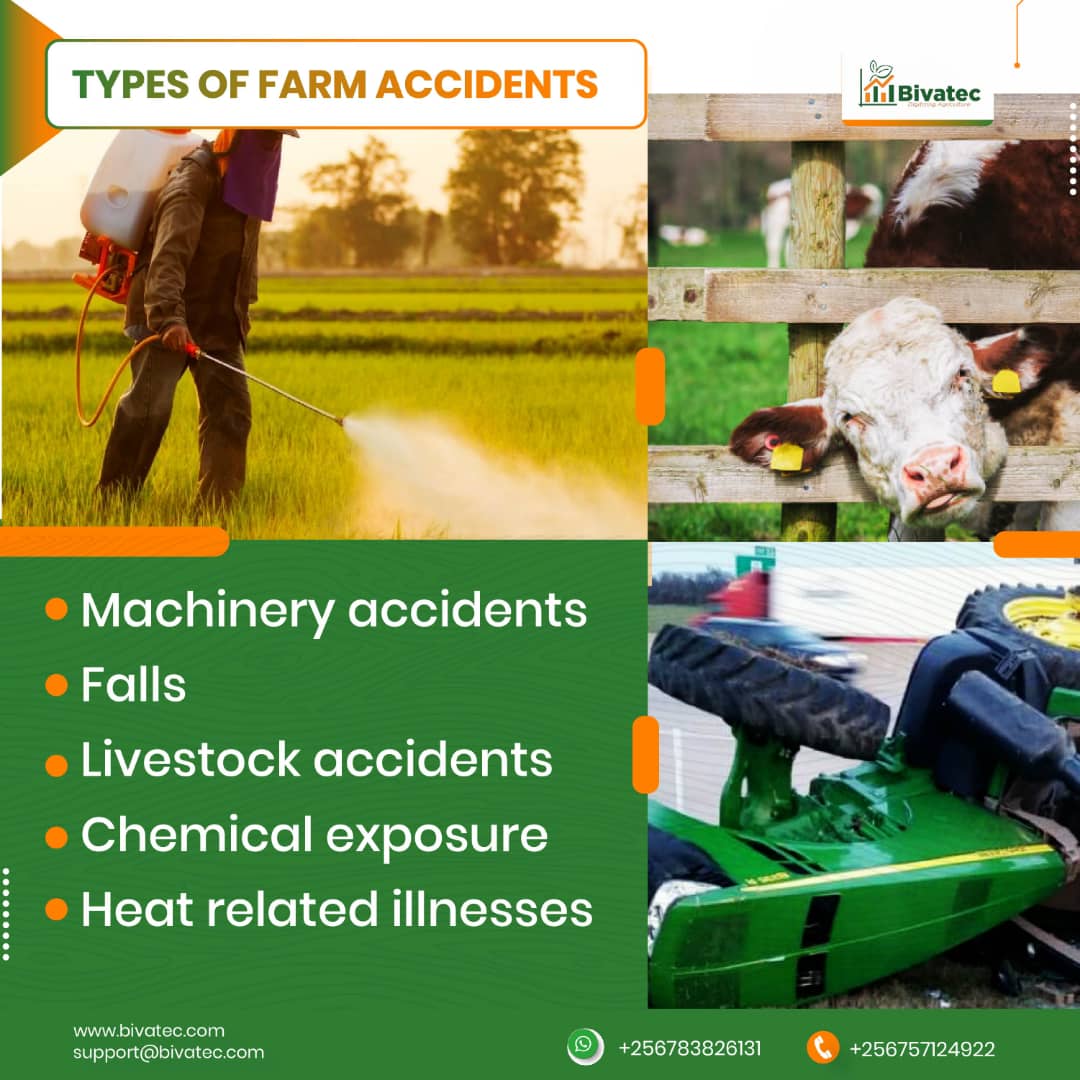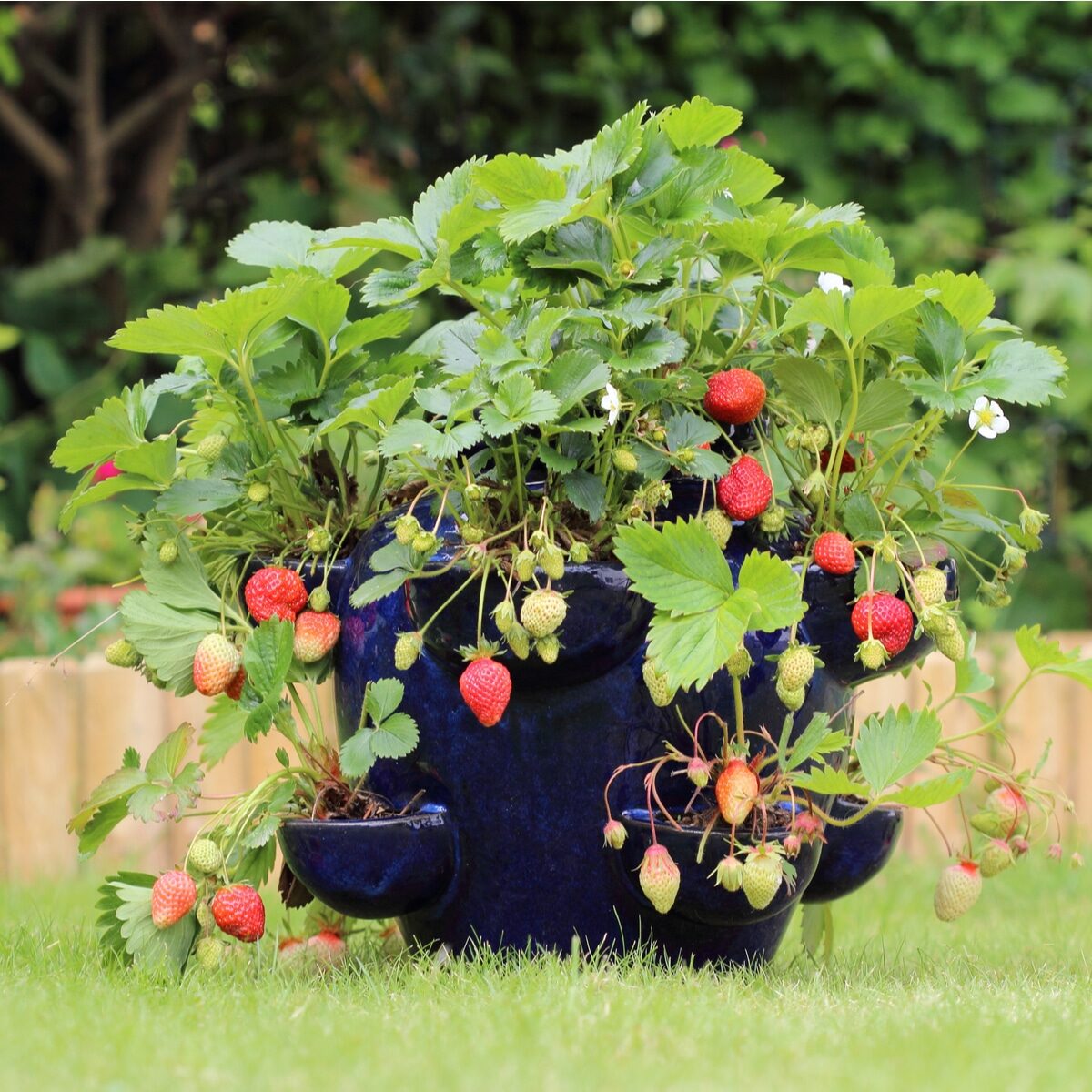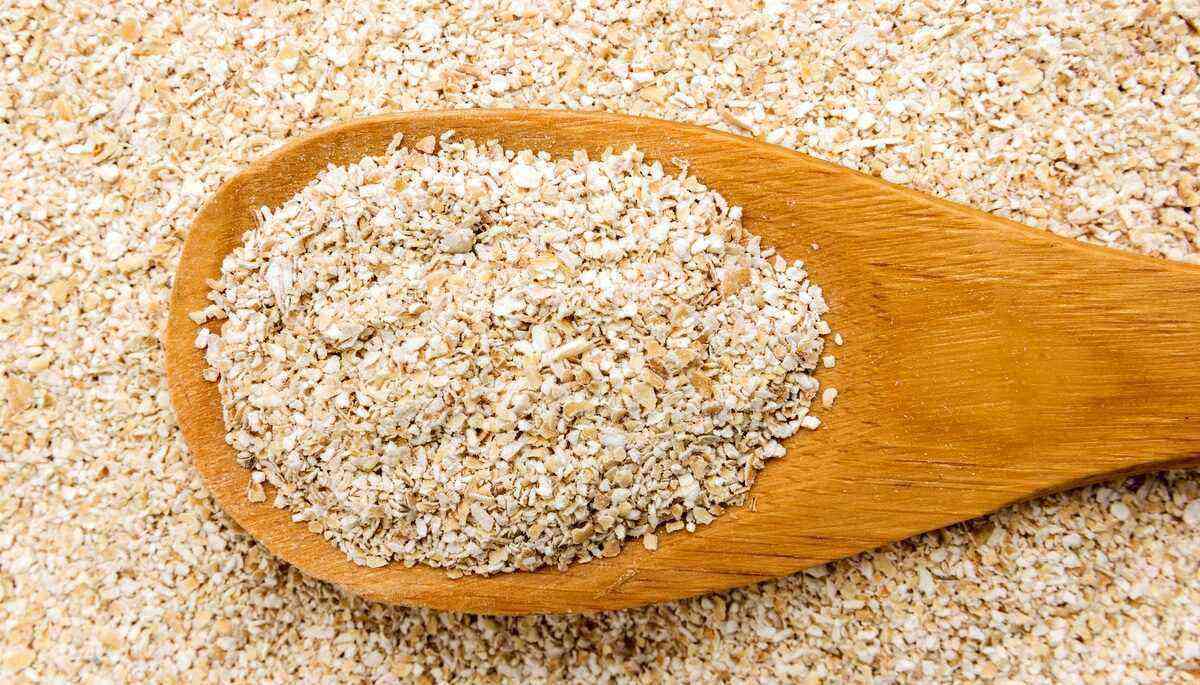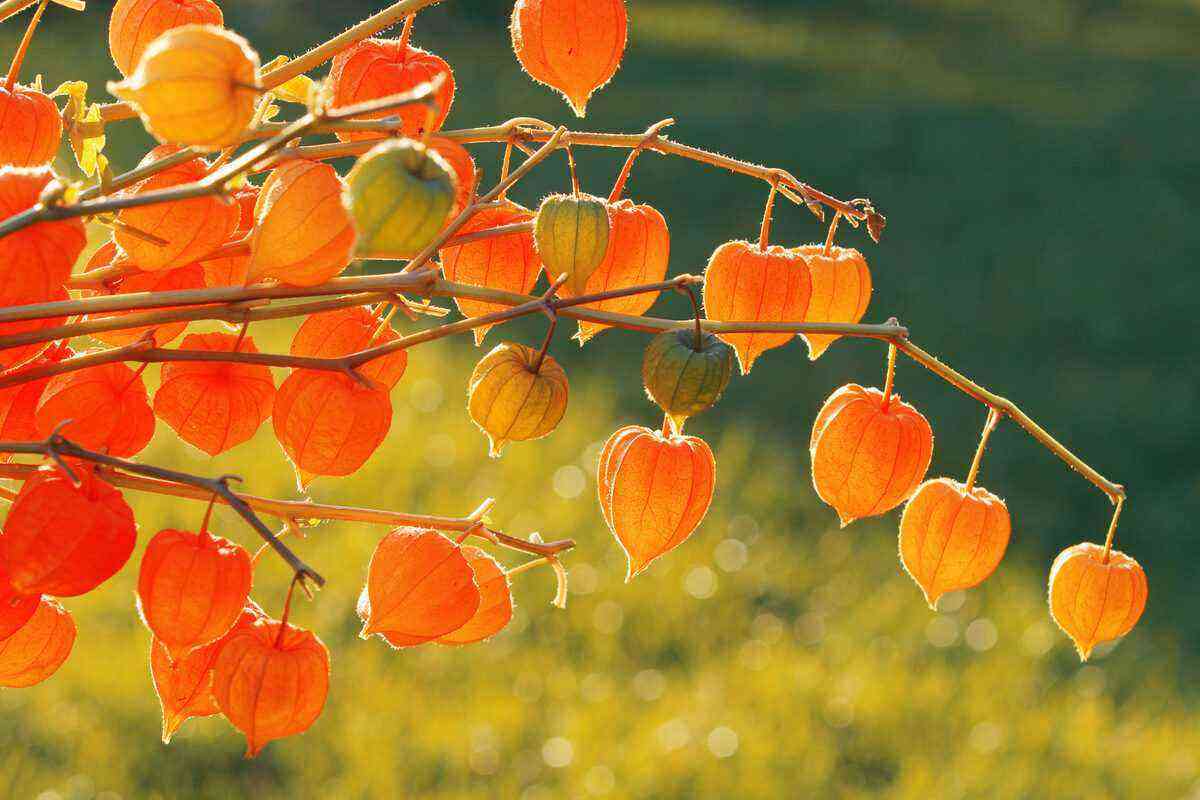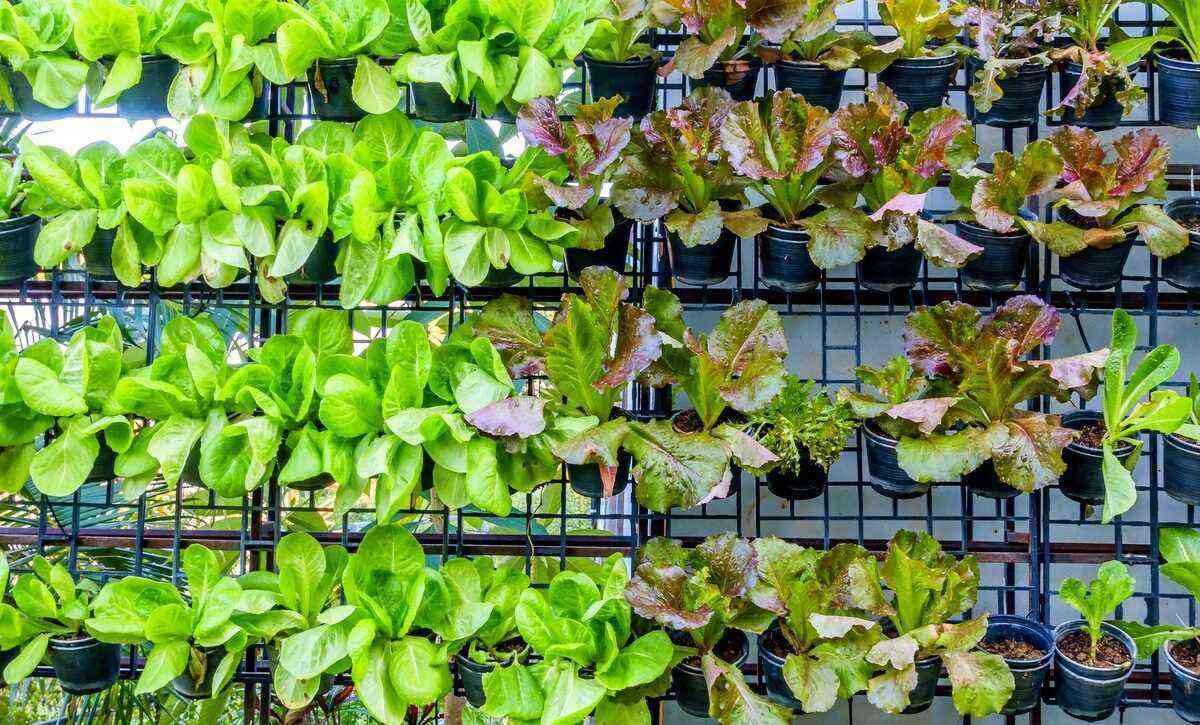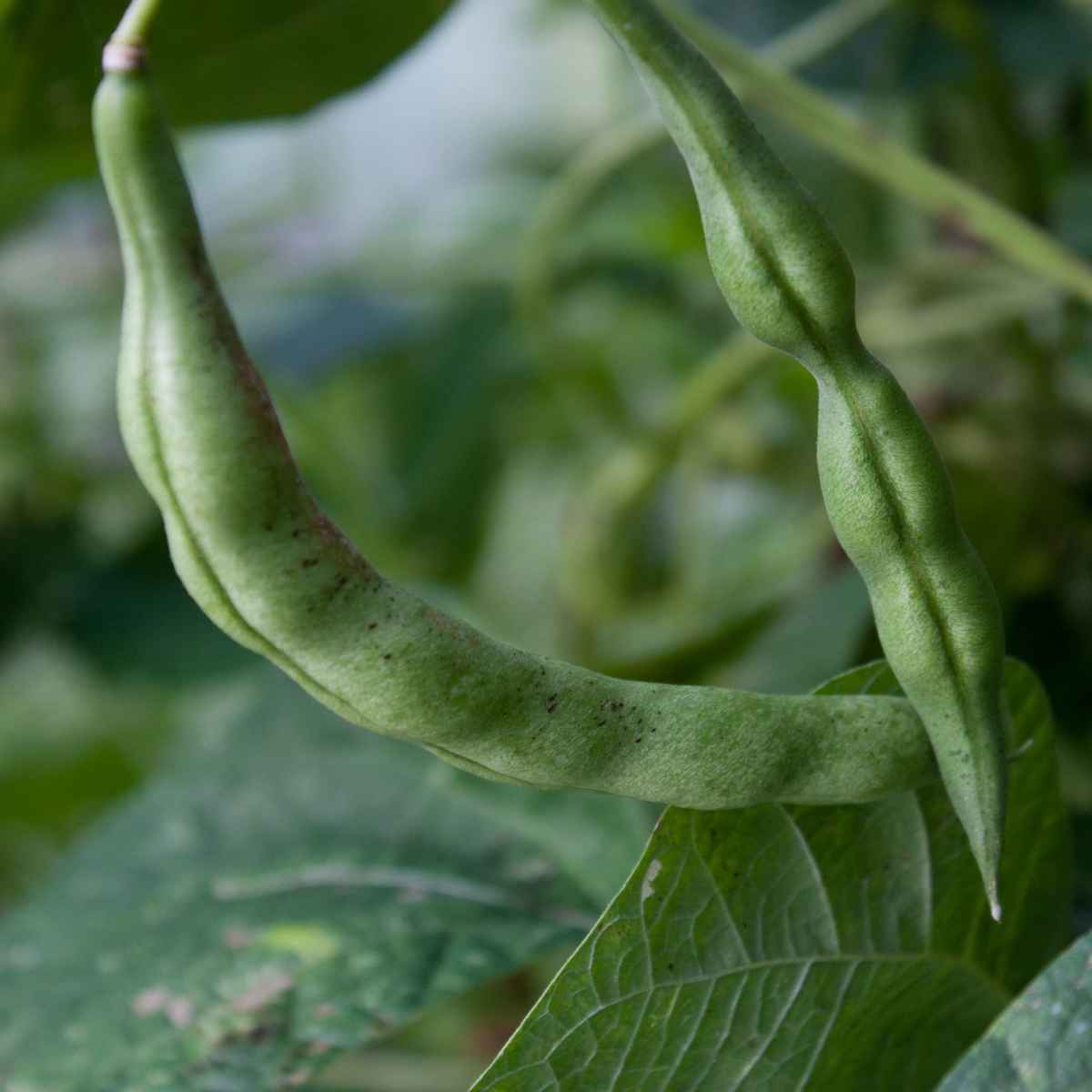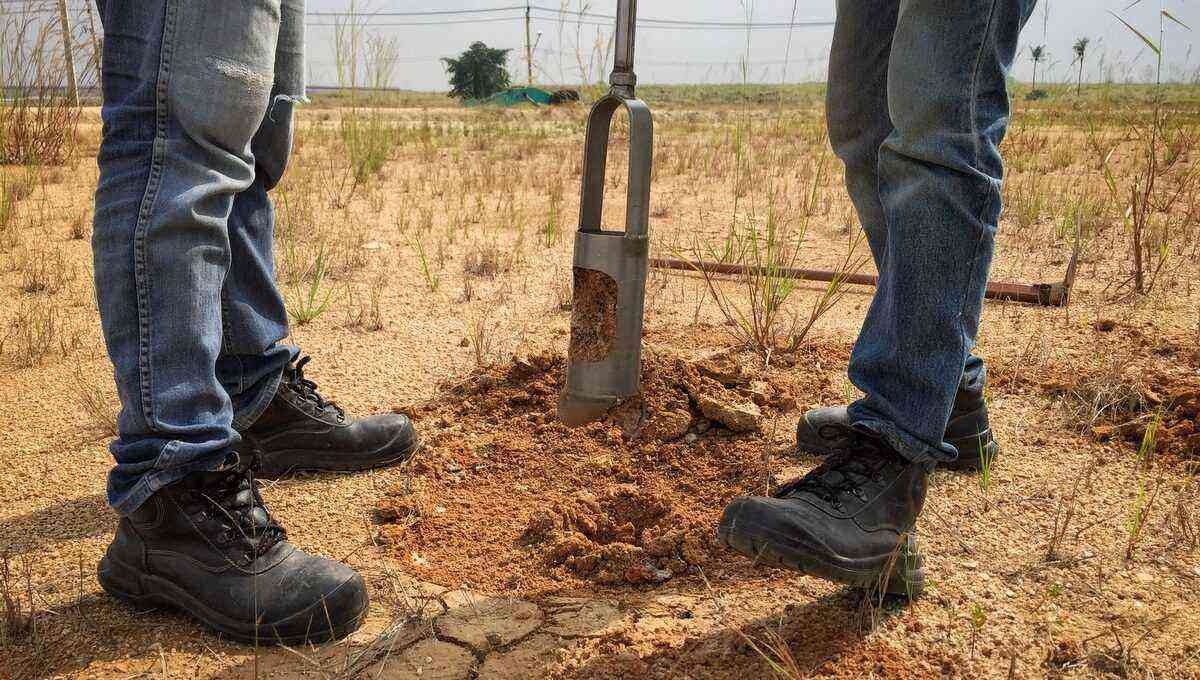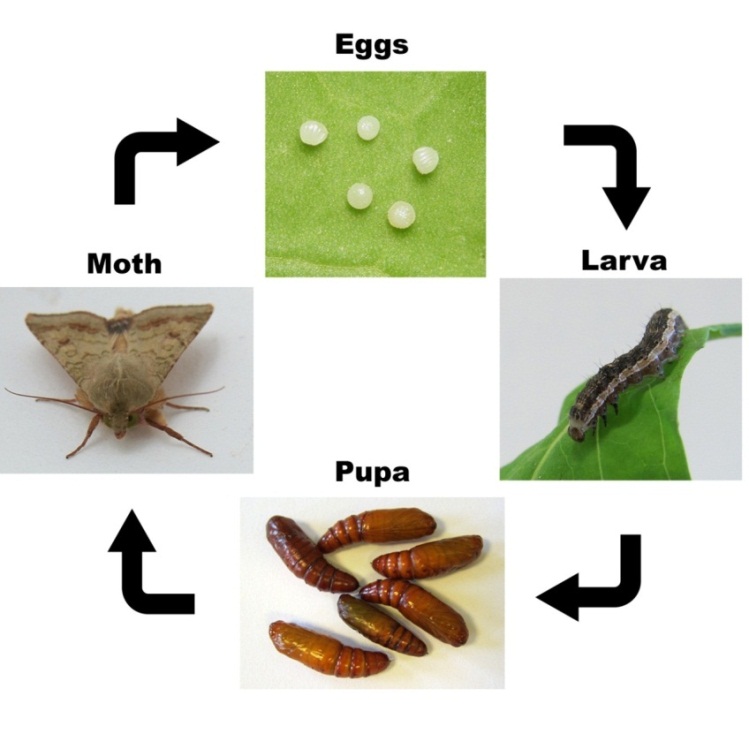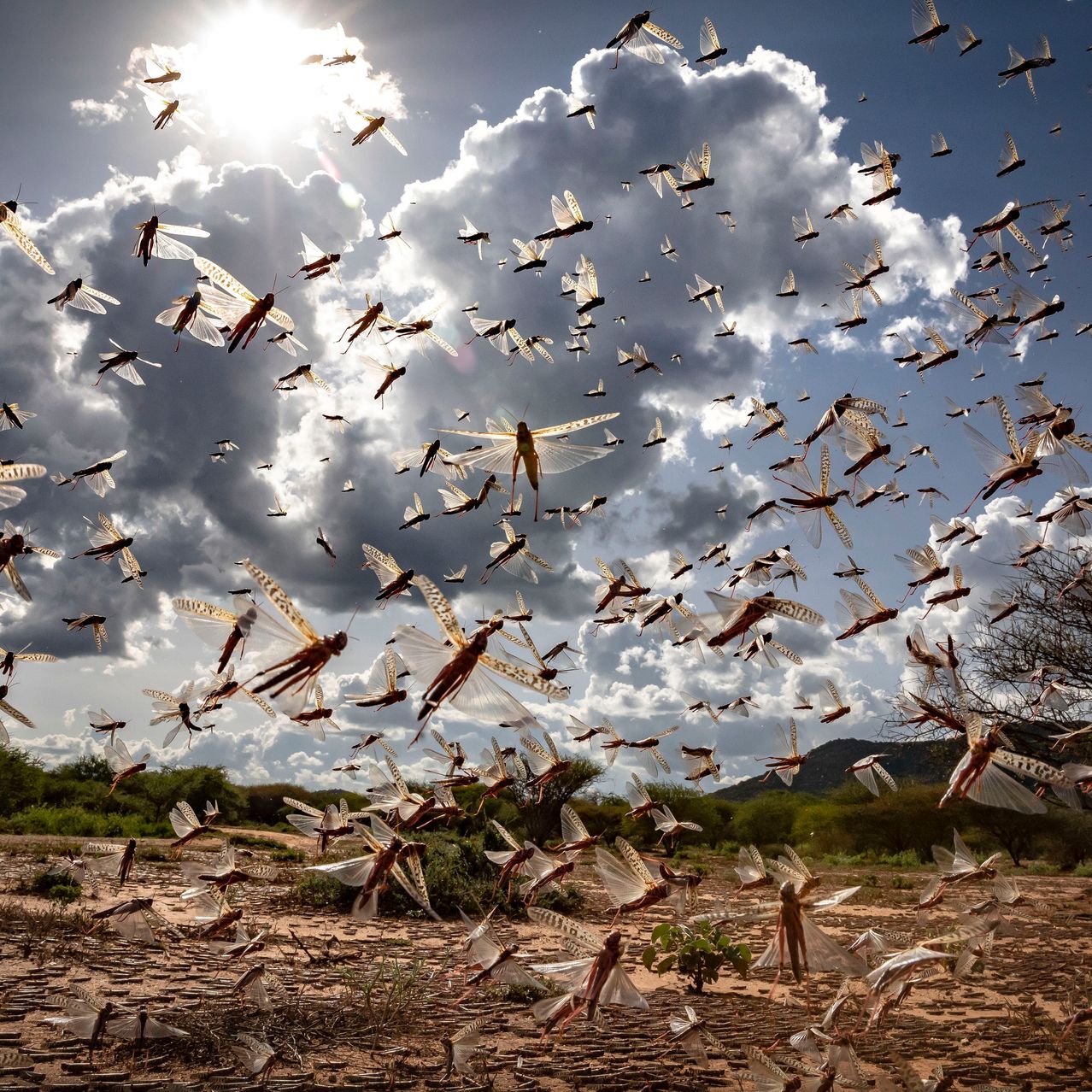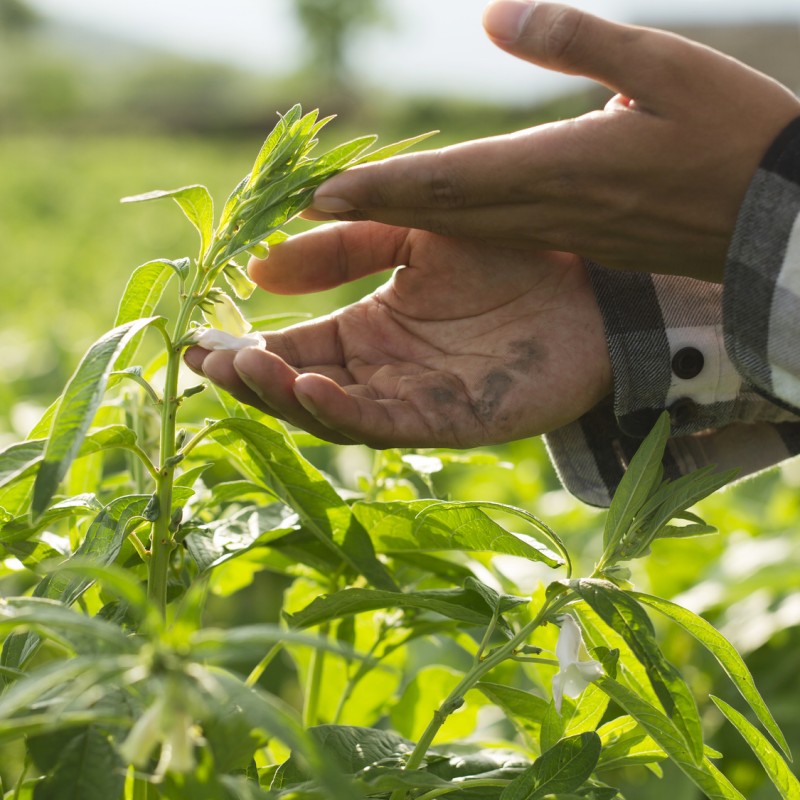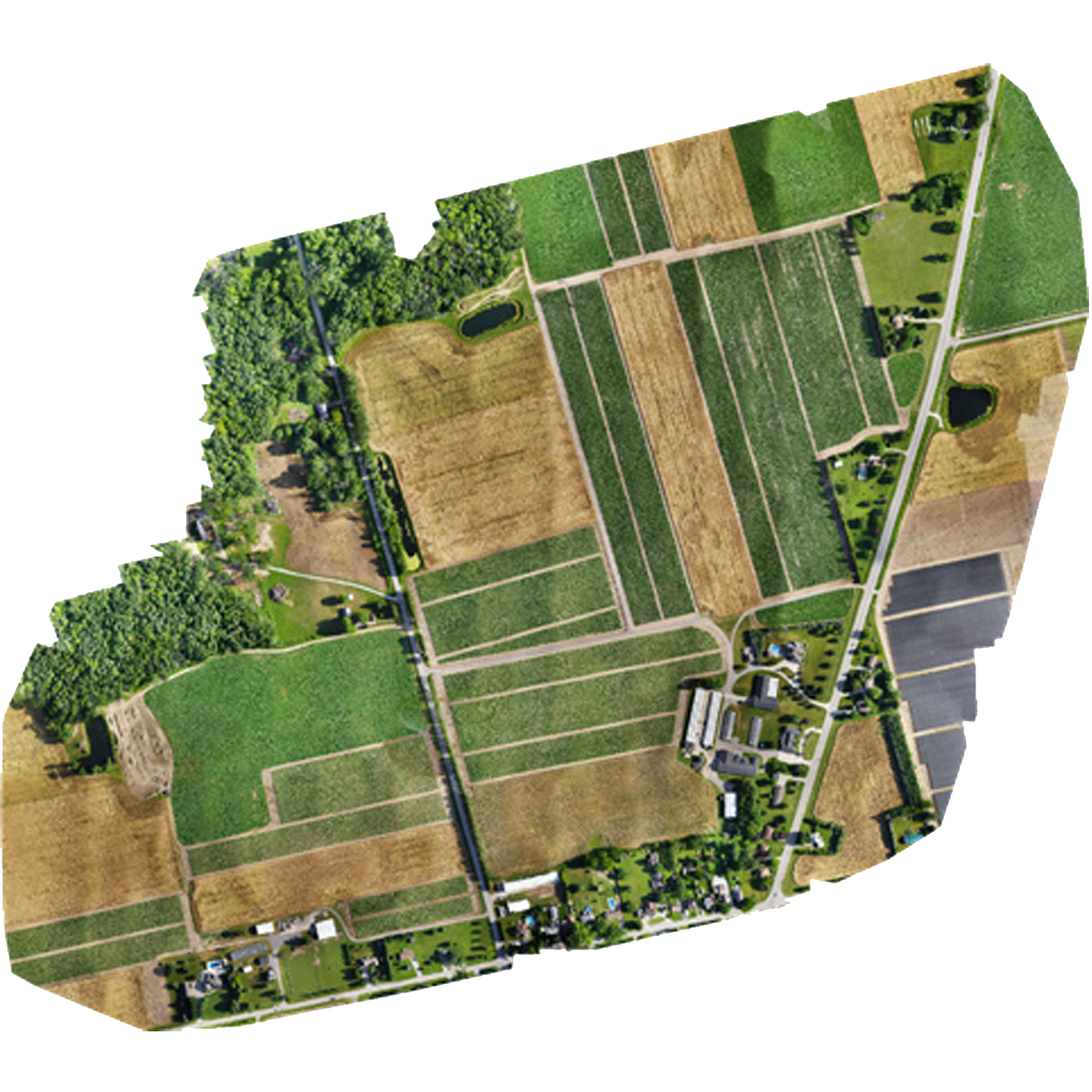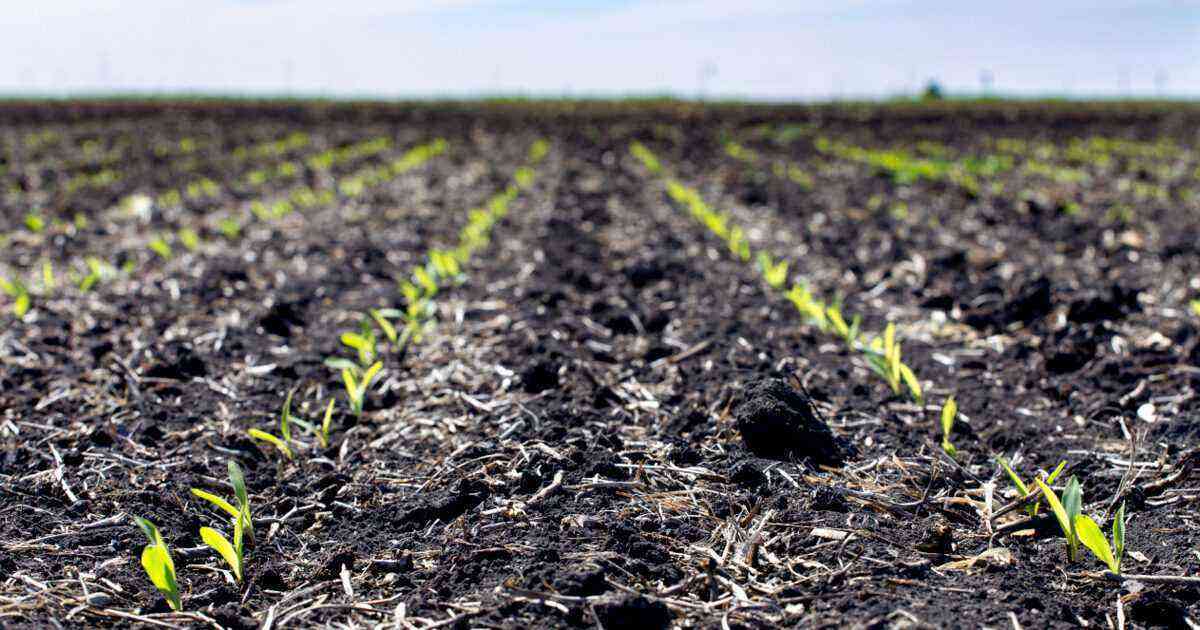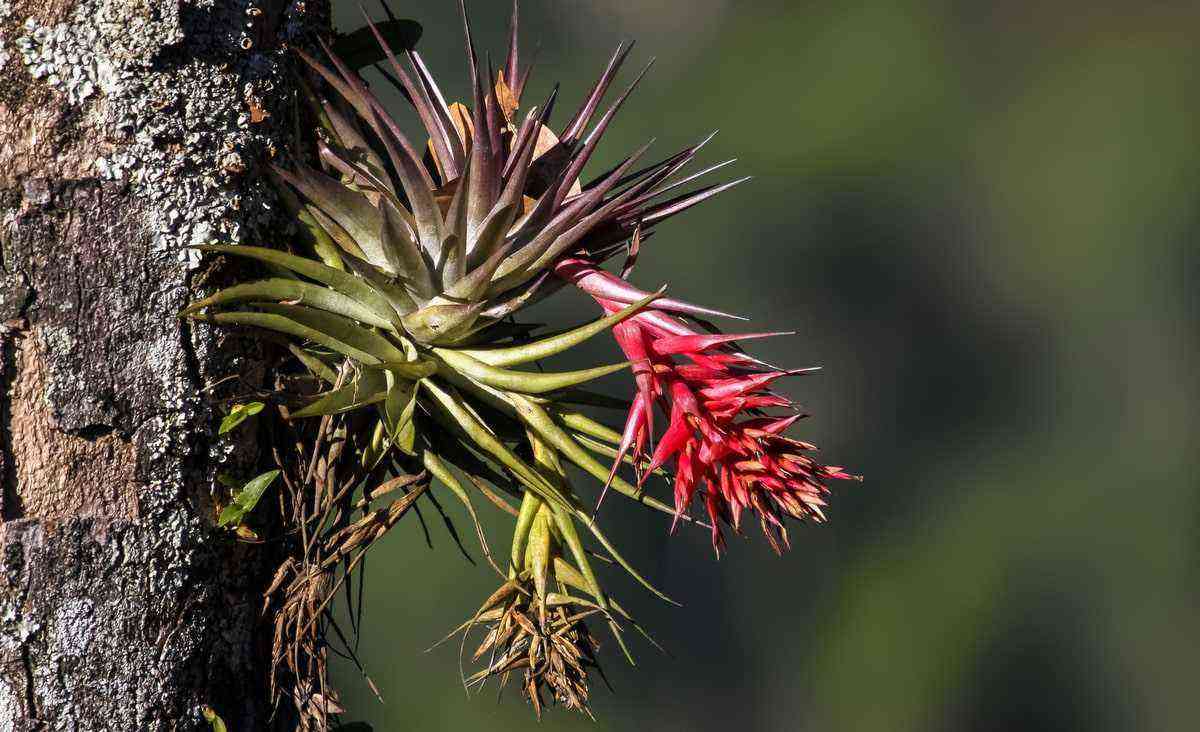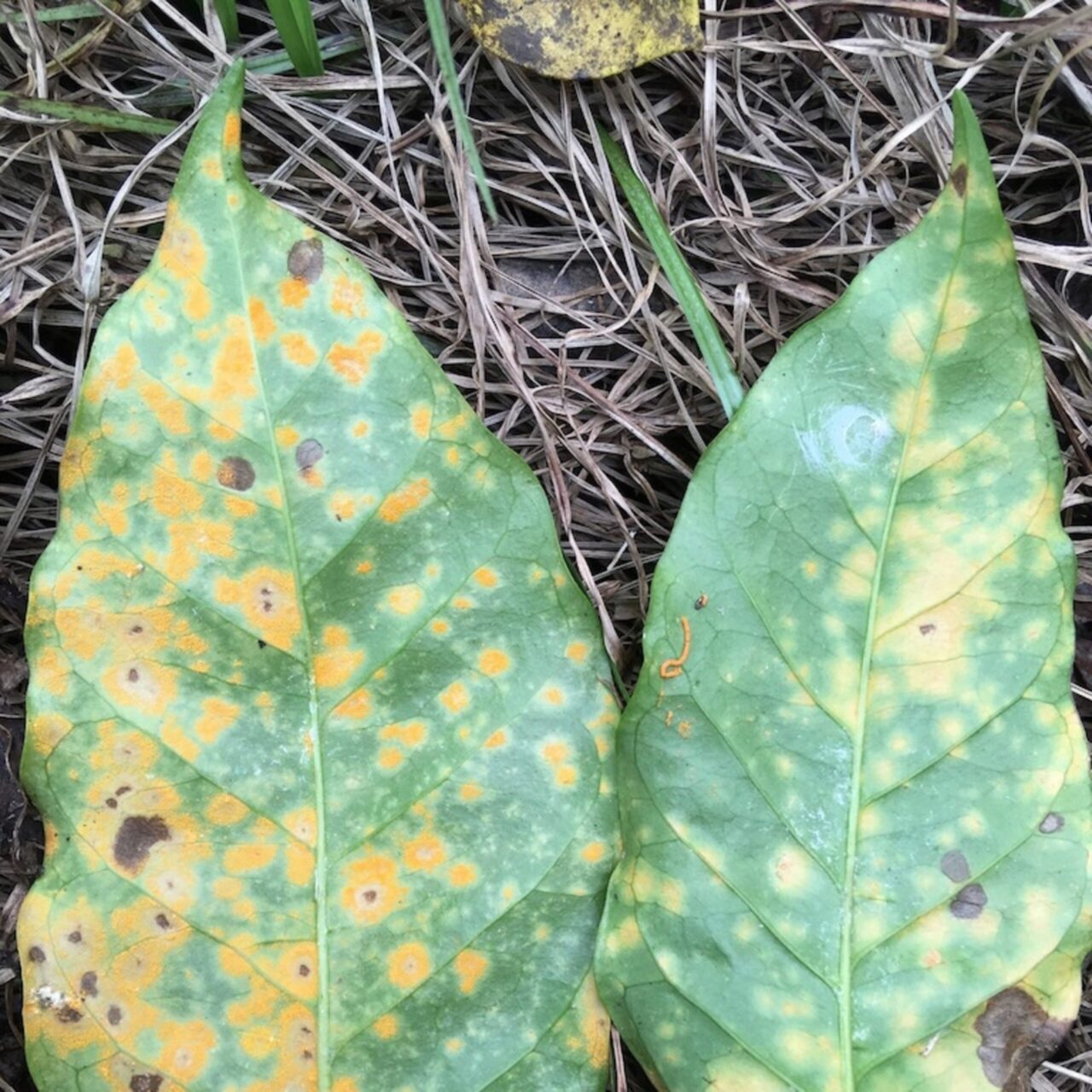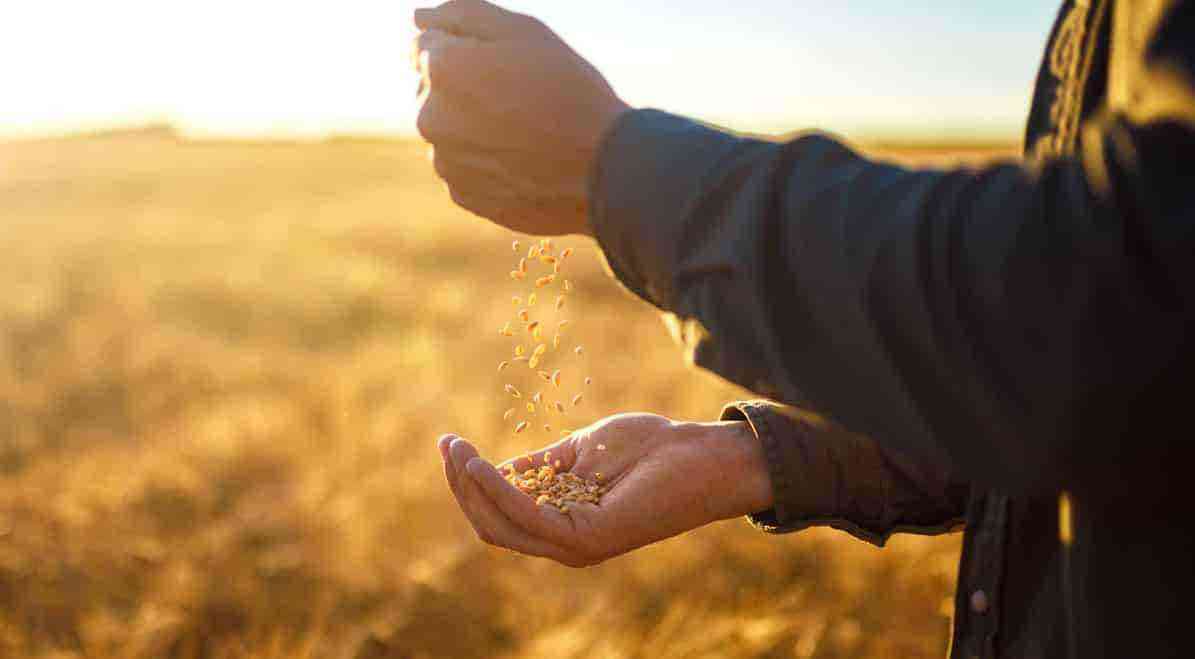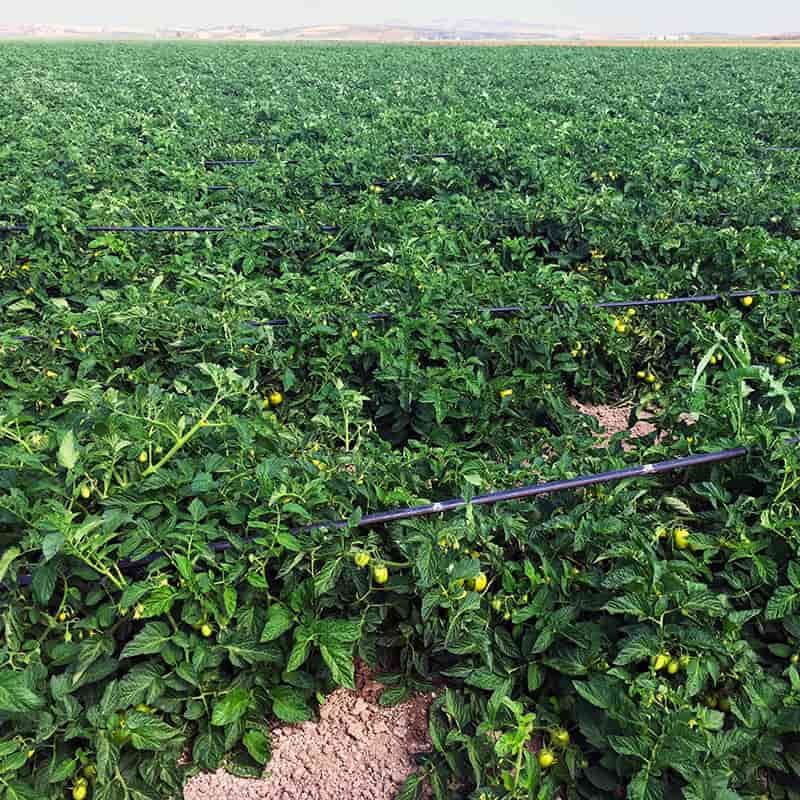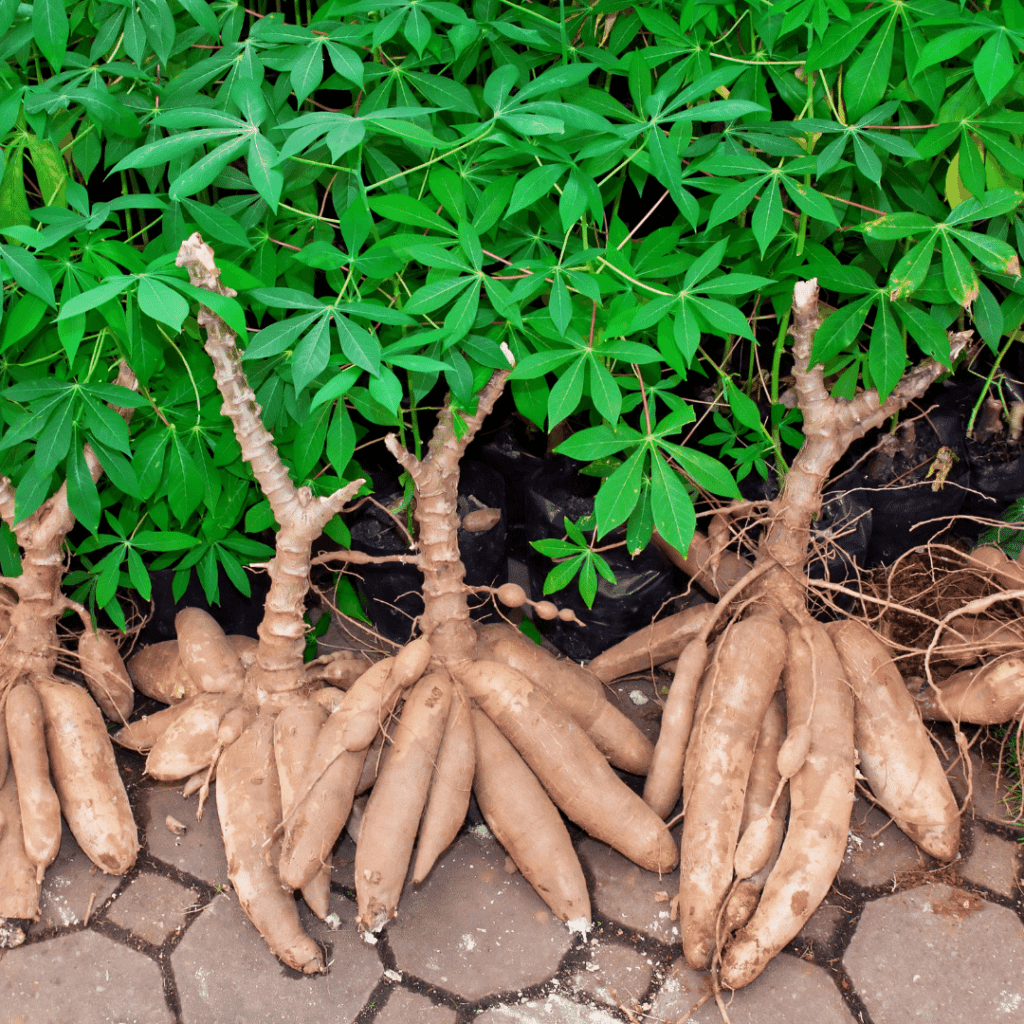Weather conditions directly affect rural producers and crop yields. A great example of this is La niña and the El Niño episode (2015/2016), which resulted in one of the stronger natural impacts registered in recent years.
By all indications, La Niña is scheduled for the second half of this year, according to the Federal Meteorological Agency of the United States, NOAA.
Faced with such a complex and even apprehensive scenario, rural producers must keep up to date on how La Niña can influence the crop in 2020.
What are these phenomena?
Before listing the consequences, it is necessary to delve deeper into the meaning of these meteorological occurrences.
El Niño and La Niña are natural weather conditions, which influence the Pacific Ocean and the atmosphere. However, the cycles are opposite: El Niño represents the warm phase, while La Niña represents the cold phase.
According to NOAA, El Niño and La Niña fluctuate every three or seven years, average.

How La Niña and El Niño affect climatic patterns?
By cooling or heating certain areas of the Pacific Ocean, the cycles end up altering the patterns of atmospheric circulation. From these modifications, climatic phenomena begin to form, affecting the temperature in other parts of the world.
Furthermore, the influence of La Niña and El Niño are so strong that they can cause extreme weather events. However, not all climate change is negative.
Or what causes La Niña or El Niño?
The cycle of these two phenomena lasts, on average, from 9 to 12 months. Both are most frequent from March to June, but reach their maximum potential during November/February and then weaken.
On the other hand, both La Niña and El Niño can last more than a year. However, this type of episode is rarer when it comes to El Niño. In contrast, the La Niña can last two years or more.
How can La Niña influence the crop in 2020?
While the American crop sees La Niña with good eyes, the Brazilian crop, especially the southern region of Brazil, is in a state of alert. After all, the phenomenon brings lack of rain.
For producers in Rio Grande do Sul, this is undoubtedly bad news. Especially since climate neutrality has already led to irregularities in the distribution of volume of rain.
On the other hand, La Niña favors winter crops in Rio Grande do Sul. Wheat, for example, benefits from the absence of rain.
Alertness for some, optimism for others
While the South rightly voices its concerns, not all scenarios are bad. The Northeast, for example, sees La Niña with optimism.
The current climate scenario is being compared to that of 2007, in which the first semester was characterized by climate neutrality, culminating in La Niña in the second semester. Therefore, for most of the Northeast, the harvest tends to be promising. In the Midwest and Southeast, the rains should delay.
Regardless of whether you are cautious or optimistic about the future scenario, it is important to take precautions as best you can. So, be sure to visit our website to stay up to date with the best products and equipment.
